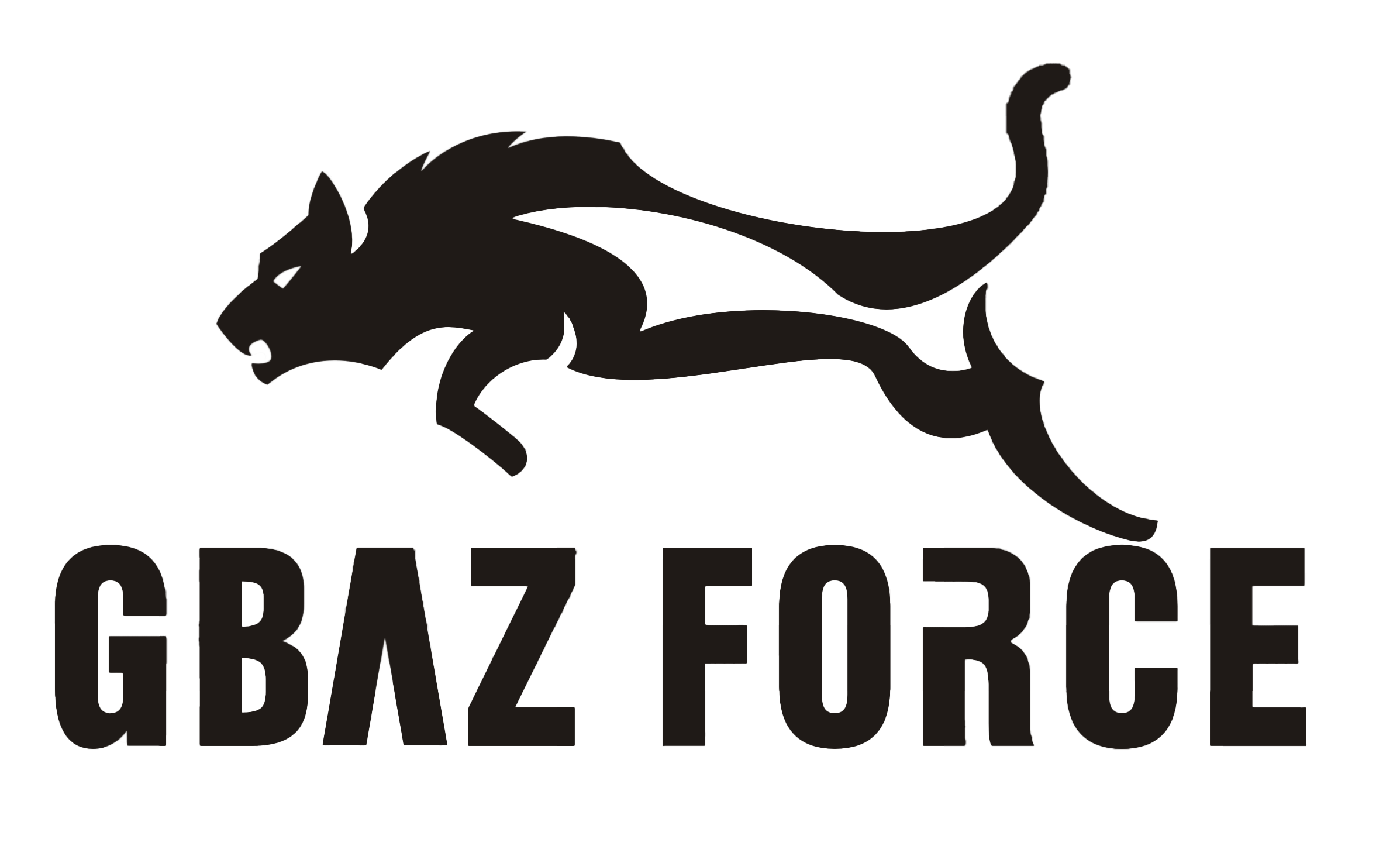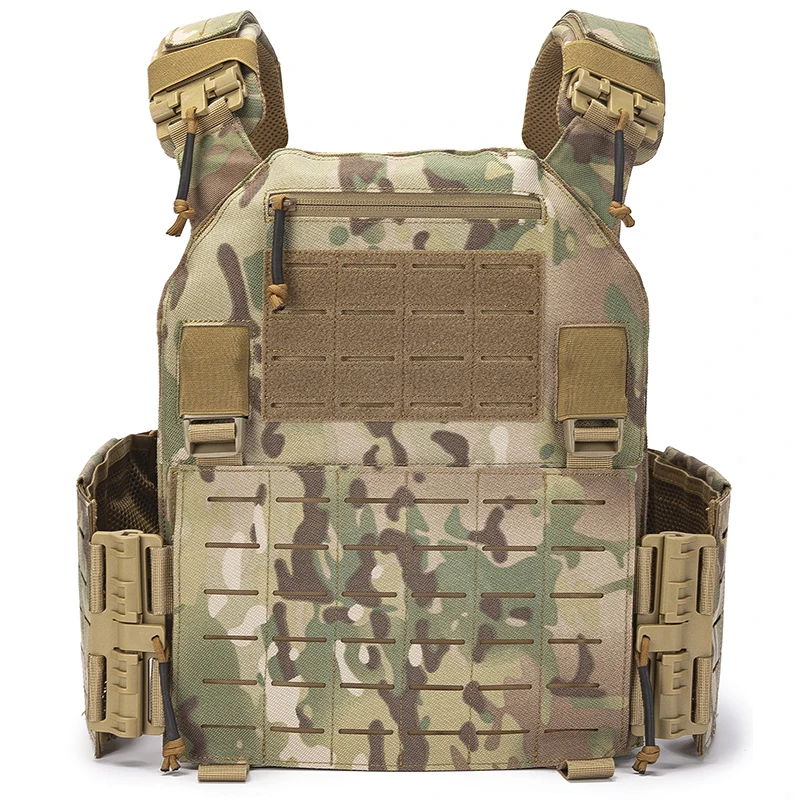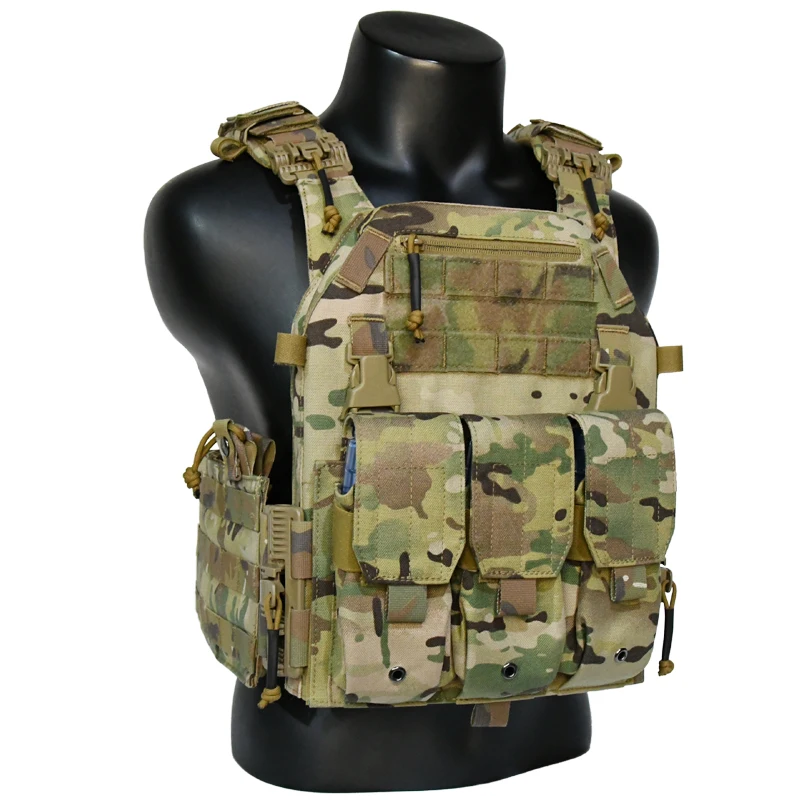Tactical Gear
PRODUCTS
Tactical Vest Customization Tips
Choosing the Right Base Vest
The foundation of any customized tactical vest is the vest itself. Consider the material – durable nylon or Cordura are popular choices for their tear and abrasion resistance. Think about the fit; a properly fitting vest won't chafe or restrict movement. Too loose, and your gear will shift; too tight, and comfort will suffer. Look for adjustable features such as cummerbunds and shoulder straps to ensure a personalized fit. Pay attention to weight and bulk; you want a vest that's supportive but not cumbersome, particularly for long periods of wear.
Many vests come in different sizes and configurations, some designed specifically for larger individuals or for carrying heavy gear. Before purchasing, try on the vest if possible, ideally with some of the equipment you plan to use, to assess the comfort and functionality. Consider the climate you'll be operating in; a breathable, lighter-weight vest is more appropriate for warmer conditions, while a more robust, potentially insulated version might be better in colder climates. Choosing the right base vest lays the groundwork for effective customization.
Optimizing Pouch Placement and Organization
The arrangement of pouches is crucial for efficient access and organization. Strategically place frequently used items, like magazines or radio, in easily accessible locations. Consider the frequency of access to your gear. Items used constantly should be positioned for quick and easy retrieval, potentially closer to the body or within easily reached areas. Less frequently needed items can be stored in less accessible locations.
Organize pouches by type and function. Group similar items together to streamline access. For example, place all your medical supplies in one area and your ammunition in another. Utilize different sized pouches to effectively manage your equipment. Large pouches are ideal for bulky items while smaller pouches are perfect for smaller, more easily lost objects. Think about the weight distribution; heavier items should be placed lower and closer to the center of gravity to maintain balance and prevent fatigue.
Selecting the Right Pouches and Accessories
The market offers a wide variety of pouches, each designed for specific equipment. Choose pouches tailored to your individual needs, from magazine pouches and radio pouches to utility pouches and hydration carriers. Ensure that the pouches are compatible with your vest’s mounting system, typically MOLLE (Modular Lightweight Load-carrying Equipment) or PALS (Pouch Attachment Ladder System).
Consider the material of the pouches. Durable nylon or Cordura is a common choice, but some specialized pouches might use other materials for enhanced weather protection or specific functionalities. Check for features like drainage holes (for wet environments) or internal dividers (for better organization). Don't overload your pouches; overstuffed pouches can lead to uncomfortable weight imbalances and difficulties accessing items. Invest in high-quality pouches that are reliable and built to last.
Personalization and Comfort Enhancements
Beyond functionality, consider adding features to boost comfort. Shoulder pads can significantly reduce strain during prolonged use. Adding padding to areas prone to chafing can enhance comfort and minimize irritation. A hydration carrier integrated into the vest keeps you hydrated during activities, particularly important in strenuous situations.
Consider adding identification tags or patches for personal identification or team affiliation. If operating in low-light conditions, reflective strips can enhance visibility and safety. Customization isn't just about function; it’s about creating a personalized and comfortable system that works for you. Regularly inspect and maintain your vest and pouches to ensure they are in optimal working order.
SUBSCRIBE
INQUIRY










